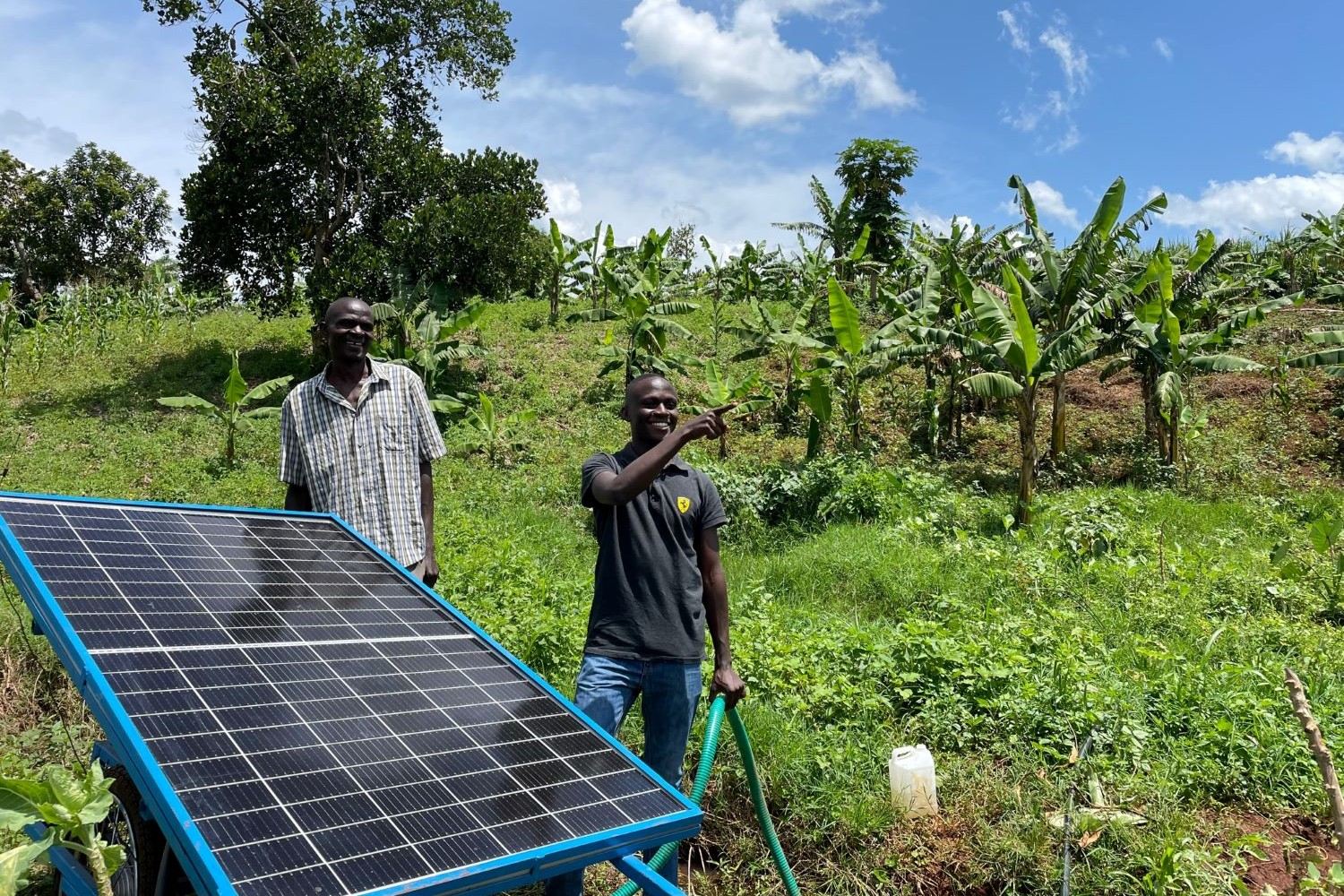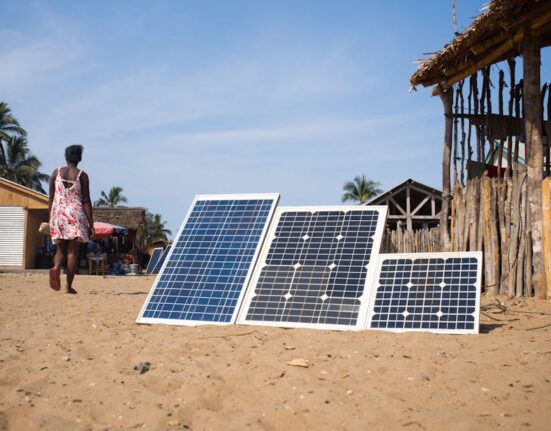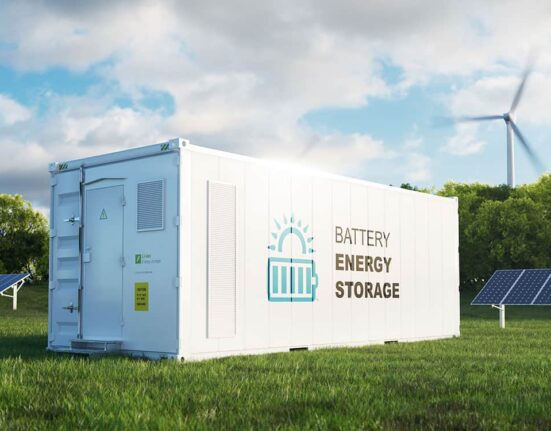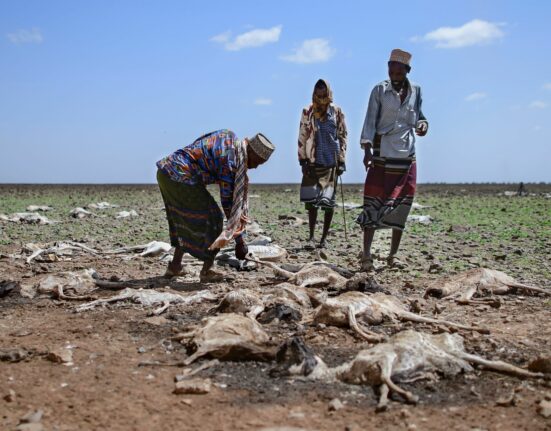As Africa embarks on its clean energy transition journey, the challenge of expanding grid capacity quickly to integrate renewable energy sources becomes increasingly pressing. A recent panel discussion at Enlit Africa shed light on practical strategies and solutions to tackle the grid constraints hindering this transition.
The conversation emphasized the need for innovative approaches in infrastructure development, planning, policy implementation, and financial mechanisms to pave the way for a more flexible and resilient grid system across the continent. Beth O’Connor, Senior Project Development Manager at JUWI SA, highlighted that
“solving the grid challenge requires a holistic approach that goes beyond just building new infrastructure.”
**Designing Infrastructure with Future Energy Trends in Mind**
Many African countries still operate grids designed around traditional energy sources like coal or hydroelectric power plants. These outdated designs pose significant hurdles when trying to accommodate large-scale solar and wind projects. For instance, South Africa’s grid was primarily set up to export electricity from coal-rich regions rather than supporting renewable energy hubs elsewhere in the country.
This discrepancy underscores the importance of aligning future infrastructure development with evolving energy landscapes. Experts stress that integrating renewables effectively demands strategic planning and investment in adaptable technologies due to challenges such as limited dispatchable power options.
Vincent Nyirenda of Copperbelt Energy Corporation Zambia pointed out that
“strategic alignment between project development and future grid capabilities is crucial for sustainable growth within the sector.”
**Repurposing Existing Assets for Rapid Integration**
One practical solution proposed during the discussion was repurposing existing infrastructure to accelerate renewable energy integration. In South Africa, Eskom is exploring opportunities to establish renewable projects at decommissioned coal-fired power stations equipped with pre-existing grid connections and facilities. This strategy enables swift capacity expansion without overburdening constrained areas or clashing with other developers’ needs.
Moreover, refurbishing pumped hydro storage systems emerged as a cost-effective method for managing peak demand fluctuations associated with increasing solar and wind capacities.
Melusi Tshabalala from Mesama Energy highlighted how
“leveraging existing assets can significantly expedite renewable energy deployment while optimizing resource utilization.”
**Innovative Finance Models Driving Investment**
Financing plays a pivotal role in scaling up grid capacity sustainably. Various African nations are exploring alternative financial models such as independent transmission projects and public-private partnerships to reduce reliance on public funds. Clear revenue frameworks are essential for attracting private capital into grid infrastructure projects.
Rivoningo Mnisi of Eskom Renewables stated that
“tailored finance structures like time-of-use tariffs are instrumental in guiding investments towards critical areas like ancillary services and storage solutions.”
**Enhancing Flexibility through Curtailed Storage Solutions**
Curtailment – often perceived as a risk – can actually serve as a valuable tool within constrained grids. Allowing controlled curtailment levels in high-resource regions unlocks additional capacity from renewables like wind power. Recent advancements such as congestion curtailment frameworks provide compensation mechanisms for Independent Power Producers (IPPs), facilitating faster project commissioning amid ongoing system upgrades.
Furthermore, deploying battery energy storage systems (BESS) at different grid levels alongside utility-scale pumped hydro installations enhances system flexibility crucial for maintaining stability amidst rising variable renewable penetrations.
**Strengthening Regional Interconnections for Resilience**
Experts advocate investing in regional interconnectors as vital components of cross-border electricity trade networks essential for balancing supply-demand dynamics regionally. While several interconnectors exist, many lack sufficient capacity or remain underdeveloped relative to future requirements.
Recommendations were made encouraging collaborative efforts through dedicated tenders aimed at bolstering shared regional infrastructures like interconnectors fostering efficient electricity exchange among neighboring countries.
**Securing Market Confidence through Policy Implementation**
Although many African nations have embarked on progressive policy reforms aimed at promoting renewable energy adoption, market confidence hinges on timely execution of these initiatives. Delays in procurement processes or regulatory bottlenecks pose threats capable of impeding investor trust leading to stagnation within the sector.
The key moving forward lies in aligning long-term policies with transparent timelines ensuring consistent execution supported by robust coordination both domestically and across borders.
By embracing these strategies collectively while fostering regional cooperation, Africa can forge ahead towards establishing an inclusive yet dynamic energy landscape supportive of an accelerated clean energy transition benefitting all stakeholders involved.









Leave feedback about this